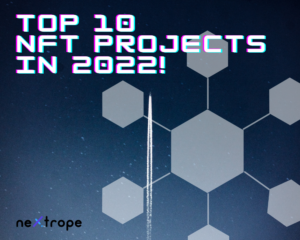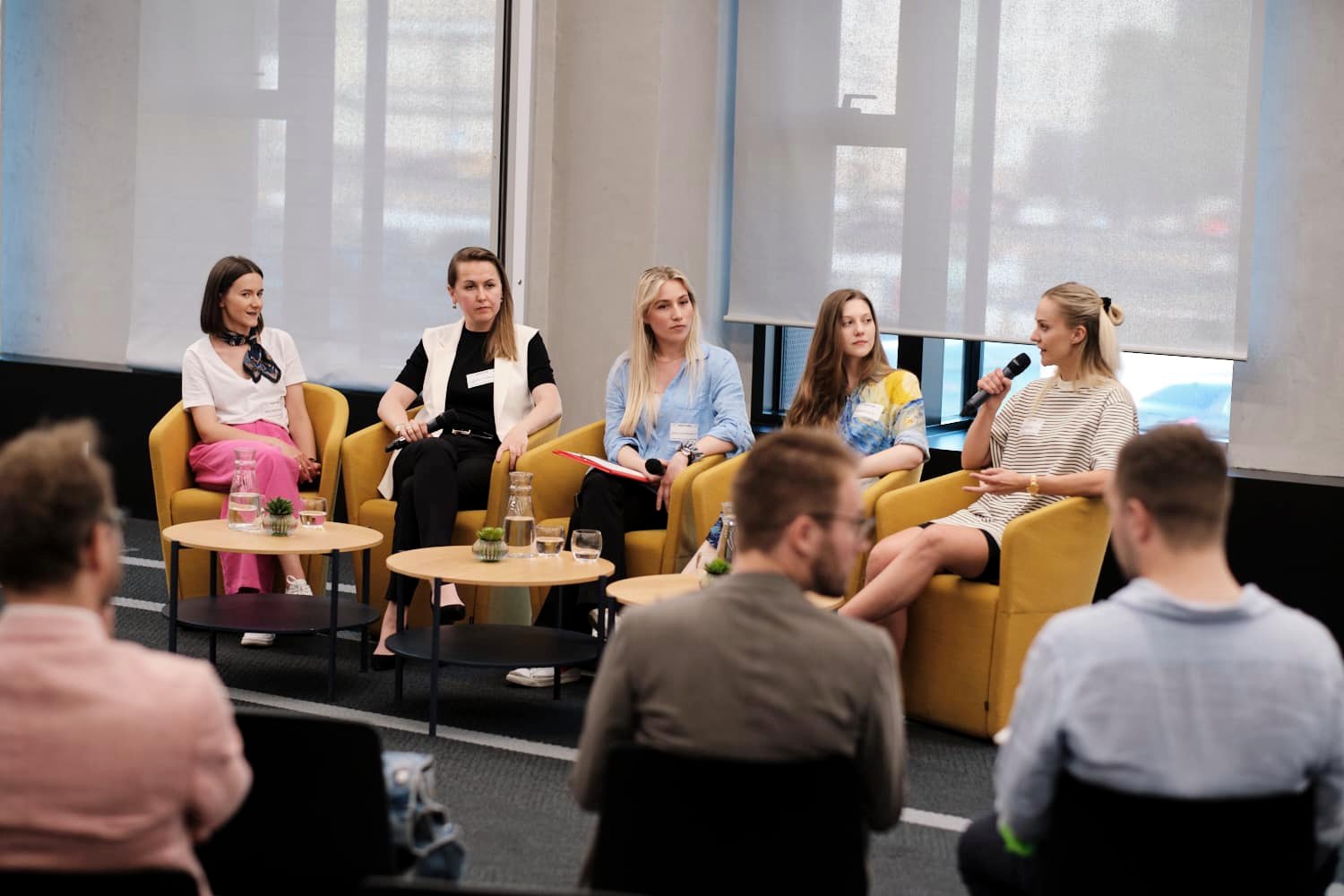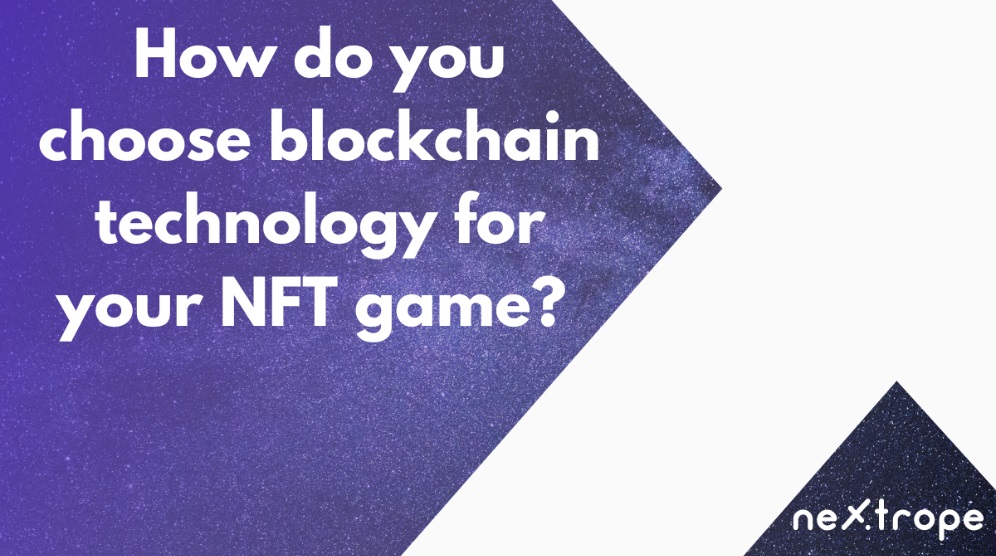The increasing digitization of almost every sector of the economy has made NFT tokens more popular. The technology itself can offer a lot to its participants. The benefits can start from enhancing digital currency, to copyrighting music, movies and art, and even creating a single community. Interestingly - in 2021 alone, the NFT market generated token sales of about $75,736,378. Not surprisingly, many people are thinking about buying their own NFT, but don't know what its value might be. What projects are worth exploring in 2022? Why exactly is a particular NFT attractive? We write about it below!
How to assess whether a given NFT is attractive?
The value of a given NFT is determined by a number of factors - from the team behind it to the technology that represents a particular NFT. The most important elements that suggest that a given NFT is attractive are the following:
- Rarity - a determination of how difficult it is to obtain an NFT token.
- Utility - defining the use of a particular NFT in digital and physical versions.
- Tangibility - linking the digitization of the NFT to the physical world.
Each of the functions can be checked with the appropriate tools. We wrote more on this topic -> here. If you check a given project using these tools and taking into account the factors mentioned above, you will be more aware of a potential NFT purchase.
Top 10 NFT projects in 2022!
Nevertheless, we have prepared a list of the top 10 NFT projects for 2022. We point out here that this is the subjective assessment of the author of the text and is not intended to encourage anyone to make an investment/purchase of a particular NFT. You are welcome!
LazyLions NFT
This is an NFT platform based on the Ethereum blockchain. LazyLions offers 160 different features that distinguish each lion. The features in question include clothes, mane, facial expressions and more. LazyLions is also a meeting place for the NFT community in the form of Private Island. The benefits of NFT LazyLions include additional Airdrops, individual communication channels with the community, you get voting rights regarding the project. When you purchase a Lazy Lions or Lazy Bungalows NFT image, the art is completely yours. Whether you want to print and sell the merchandise, use it in advertising, or want it to be the star of your own show! You can read more about the project itself on its website, which can be found -> here.
Unusual whales
Unusual whales is an NFT project that collects 6,969 whales. Each of them has individual characteristics, which makes them rare. In addition, the project has special tools to help make investments. The site tracks whale transactions in the NFT market and follows the best portfolios in the space. According to the creators, the whales are supposed to help trade cryptocurrencies through relevant tools and cut off any speculators. An interesting point is that you can buy whales at attractive prices. In the future, it is planned to implement investment solutions from the capital market into the NFT project. Details about the project can be found on this page -> click.
Cryptopunks
This is a project that was developed on the Ethereum Blockchain in 2017. It was developed using Larva Labs studio. It has 10,000 unique collectible items with ownership in its database. The very premise of the project is punks that can be purchased, auctioned and sold. Each punk has a background color, which indicates its situation i.e. whether it is for sale or not. This design is attractive due to the fact that, realistically, the supply of NFTs has been limited invariably to 10,000 pieces, which ensures that they do not fall in value. The graphics themselves are associated with childhood games on old consoles, which also has its own appeal. The project website can be found -> here.
Sneaky Vampire Syndicate and NFT
At a time when every young person is familiar with the Twilight film series and is aware of the existence of B. Dracula. Stoker, it didn't take long for NFTs related to vampires. According to the creators, there are 8,888 vampires, where each of them has its own specific traits and characteristics. Interestingly - the NFT itself is in a way an aftermath of the Bored Ape Yacht Club and its creators. The plot of Sneaky Vampire Syndicate is set in a vampire house fenced off from the reach of sunlight, where each vampire takes action. The project itself is interesting for several reasons:
- first - it has been a success right from the start,
- second - the people behind it are those who make up the Bored Ape Yacht Club with experience in this subject matter,
- third - the amount of NFT supply has been limited to 8,888 vampires,
- fourth - an NFT purchase reservation system was created, which led to saving hundreds of thousands of dollars for Ethereum gas.
Are you interested in the concept of vampires in NFT? Read more about it -> here.
Bored Ape Yacht Club
This is an NFT project that is already known almost everywhere in the cryptocurrency and blcokchain technology community. It consists of 10,000 NFT monkeys, where each monkey has its own uniqueness. The NFT itself is popular with global celebrities such as Eminem and Snoop Dogg. People who buy monkeys get access to the vip community. Access to the club itself gives many benefits - from earning from the increase in the value of the monkey, to participation in events organized with celebrities in the US. In our opinion, the appeal of the project lies in the limited supply of NFT tokens, access to a cool group of people and organized events. Although the project is extremely popular, it is still worth learning more about it. You can find them -> here.
The cryptoDads
The cryptoDads is a collection of 10,000 unique, randomly generated NFTs based on Ethereum blockchain technology. The NFT color scheme itself is reminiscent of the TV series "Bobs Burgers." The collection is a satire of mid-life crises in men who have been placed in the world of cryptocurrencies and graphics. It's an interesting design that deviates in its construction and behavior from others. The cryptoDads focuses on quality in artwork, rather than the rarity of the piece. The goal of NFT's founders is for people to identify with the virtual figures and have an emotional approach to them. The approach to people owning NFT on cryptoDads is interesting - they have access to channels on a variety of topics, including sites with memes and jokes about fathers, pets, the garage, etc. A very cool aspect is that members can also ask any questions or seek help with issues they are facing. The satirical page of the NFT itself can be found here -> check it out.
CyberKongz
This is a project that means more than just NFT. The randomly generated avatar can appear in 2D or 3D. The graphic process itself is based on the evolution of humans from monkeys. Each monkey has specific features that make them visually appealing. The project makes NFT monkeys affiliated with charities and donates about 10% of profits to them , to play their key role in improving the world. It's a cool initiative that focuses on helping others, seeing people's development and directing their thinking towards charitable actions. Do you like CybreKongs? Check out their website.
VeeFriends
The creator of the NFT platform is Gary Vaynerchuk - an American entrepreneur, author of four New York Times bestsellers, motivational speaker and internationally renowned Internet personality. He created NFT aimed at developing and supporting his business and creative ideas. Each token within the Series 1 collection is based on one of 268 characters that were originally hand-drawn by Vaynerchuk as representations of human traits. Interestingly, he displays qualities that he himself uniquely values in another human being. NFT buyers get access to Gary's materials and have a real impact on the development of his ideas. It's an interesting concept, because there is a real successful man behind it, who can be supported by us. We encourage you to check out more information about the project on his website.
uUnicorns
Uunicorns stands for Uninterested Unicorns. The project is based on the Ethereum Blockchain, and the number of unicorns is 6900. It was founded by Terence Ting, who is also the owner of esports company Team Flash, Co-founder of The Asian Mint. The creators believe that their project is the development and expansion of the Internet economy, metaverse and video games. uUnicorn is to create an online entertainment destination for every token holder. The unicorns themselves have a nice and aesthetically pleasing design in the climate of a digital fairy tale. uUnicorns has its own website, which presents more information about the NFT in question.
Doge Pound
The NFT platform consists of attractive artworks depicting dogs in hipster outfits. This NFT is created with the help of complex algorithms that combine many individual features on the dogs, for example, clothes, fur, hat, eyes, background and more. Each Doge Pound is aesthetically pleasing and individual. A very important advantage is that each Doge Pound NFT carries a different initial value, which is determined by considering various factors. It is not the most popular project, but it is gaining interest. Work is underway regarding the creation of tokens and accessories for the Metaverse. Early entry into the Metaverse will make Doge Pound one of the first NFTs in the new technological world.
You can read more about the project itself on its website, which can be found -> here.
Summary
As you can see, the NFT token market is becoming more and more popular. However, we should remember to check each platform with the right tools. An important aspect is to check the history of the project, team members and token supply. Tokenomics, is an essential element that should be analyzed before buying NFT. The above list is our subjective discussion of projects and should not be taken as an offer or investment proposal.
 en
en  pl
pl 











